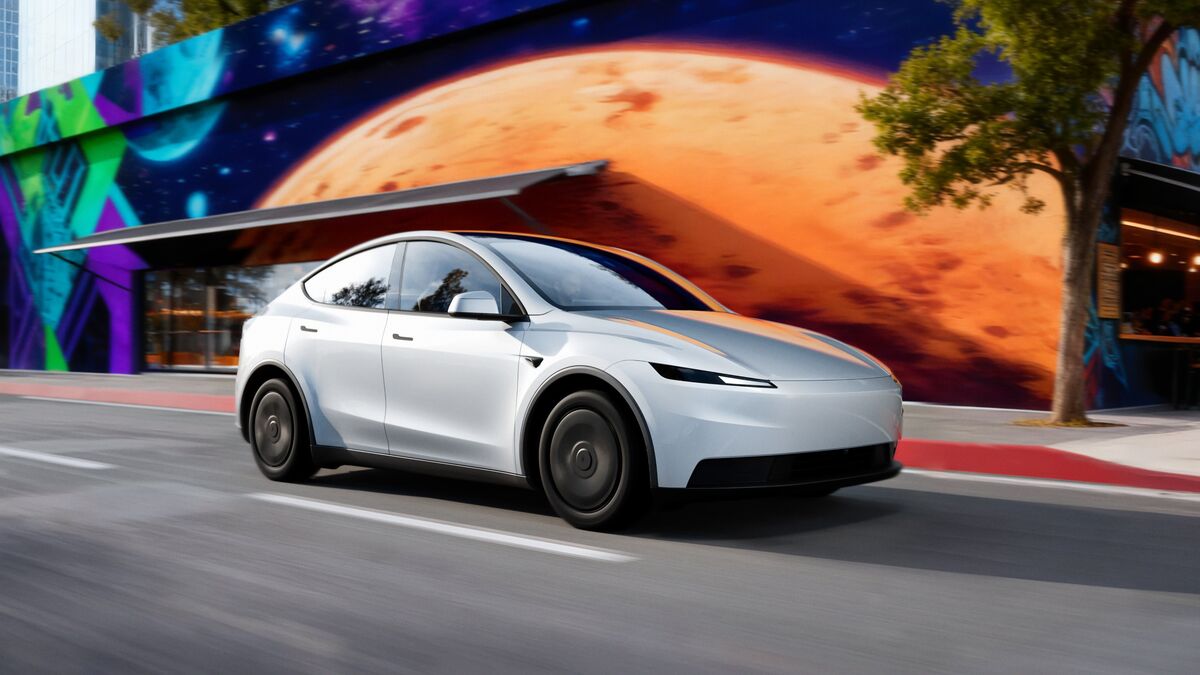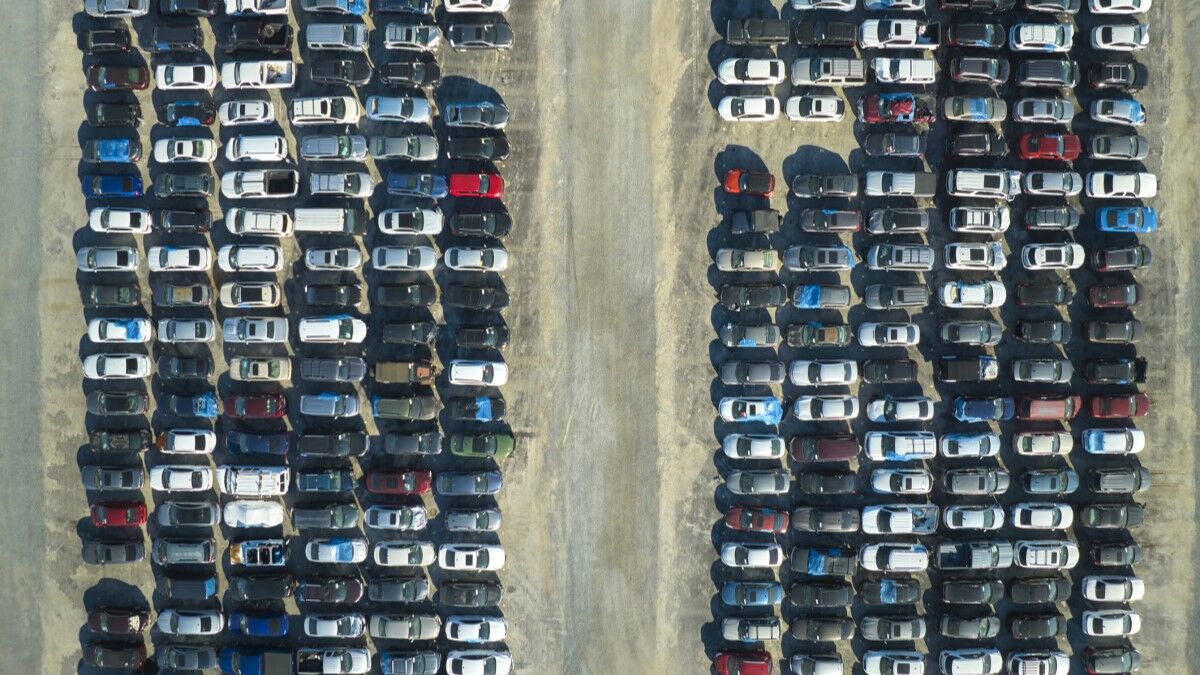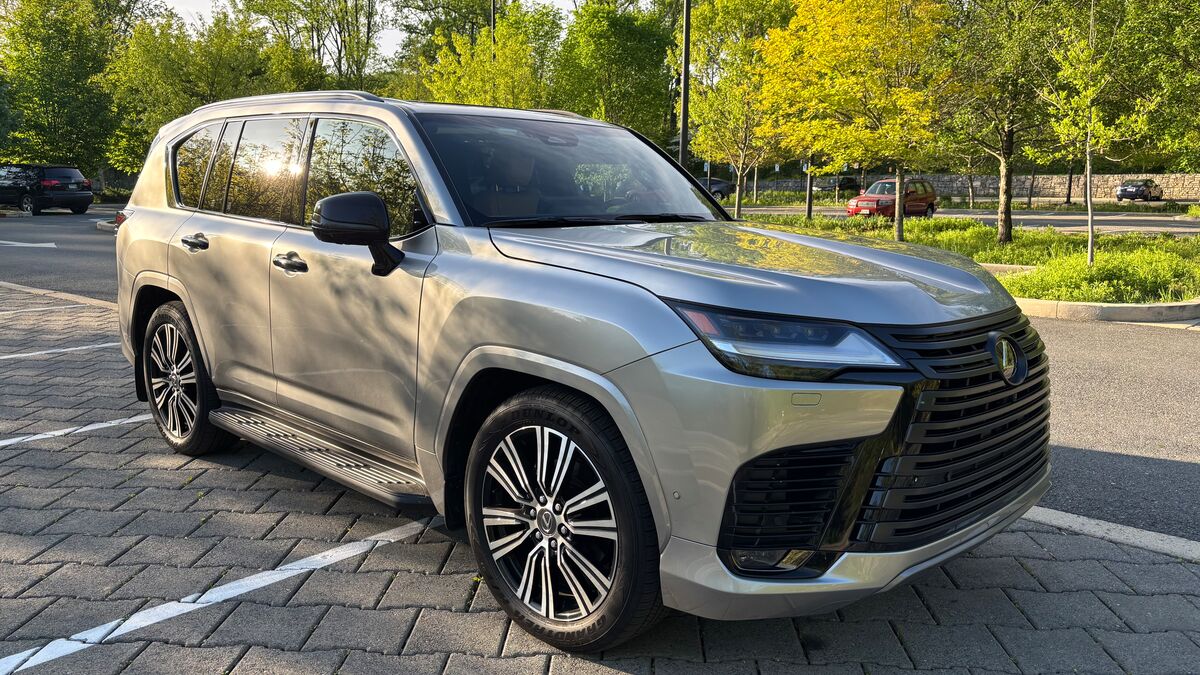
Double the Natural Rate in Sight?
The Federal Open Market Committee of the U.S. Federal Reserve, commonly called “the Fed,” now has the short-term federal funds rate in the 4.5% to 4.75% range. Many economists consider 2.5% its natural level. Fed officials have signaled that further increases are ahead, with a target rate as high as 5%.
Auto Loan Rates, Monthly Payments Soaring
New car sales declined through most of 2022 as prices soared. Price increases came, in part, thanks to a shortage of new cars caused by a shortage of microchips needed to build them. But increasing interest rates made new cars even more expensive.
As of the start of this week, the average new auto loan rate was 8.41%, up from 5.30% in January 2022. The average used rate also moved higher in January to 12.88%, up from 9.40% last year.
The estimated typical monthly payment for a new vehicle increased to $777 in December, which was a new record, according to the Cox Automotive/Moody’s Analytics Vehicle Affordability Index.
Interest rate increases are part of what’s driving a cycle of increasing prices.
Locked in a Cycle of Rising Prices
“As a result of higher rates, consumers who are the most payment sensitive have been knocked out of the market altogether,” says Cox Automotive Chief Economist Jonathan Smoke.
Cox Automotive is the parent company of Kelley Blue Book.
Because of that shift, “manufacturers are focusing even more on the luxury market, reducing the affordability of what is produced,” Smoke said. The luxury share of the new-vehicle market increased to 17.8% in 2022, up from 16.4% in 2021.
A shortage of parts leaves automakers able to produce a limited number of cars. Interest rate increases mean only higher-income, good-credit consumers can afford to shop new cars. Automakers can do the math. Increasingly, they’re building new cars just for that group.
Declining Used Car Prices Could Help
The used market provides some relief, Smoke says. “Declining used retail prices are starting to create more buying opportunities.”
If the economy avoids a recession, Smoke says, “once rates peak and stabilize, used demand should improve as depreciation will lead to even more buying opportunities” for used car shoppers. But, for that to happen, they need to peak and stabilize.
“The Fed may still avoid going too far if there is hard data that leads them to alter their course away from more increases by the next two meetings, which are March 22 and May 3,” Smoke says.







